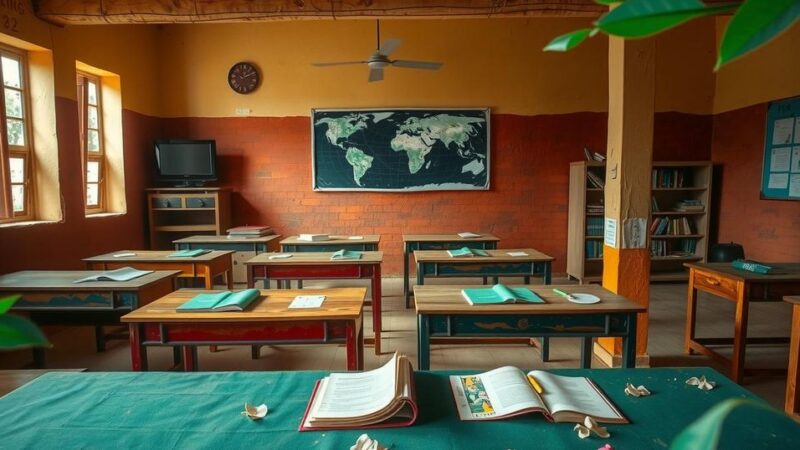A 7.1 magnitude earthquake struck Tibet on January 7th, causing the deaths of at least 126 individuals and the destruction of over 3,600 buildings, particularly in Dingri county. Rescue efforts are ongoing, with challenges posed by cold temperatures and aftershocks. Rescue workers have successfully pulled over 400 survivors from the rubble, with efforts continuing amid persistent seismic activity.
On January 7th, a 7.1 magnitude earthquake struck Tibet, primarily affecting Dingri county, situated approximately 50 miles from Mount Everest and adjacent to the sacred city of Shigatse. This catastrophic event has resulted in the tragic loss of at least 126 lives and widespread devastation, with over 3,600 structures reported as destroyed. The tremors were not limited to Tibet, as residents in Nepal and parts of India also felt the effects. In the aftermath, a substantial number of rescue workers have mobilized to search for survivors amidst challenging conditions, including freezing temperatures and ongoing seismic activity. Initial reports indicate that over 400 individuals have already been saved from the debris, as rescue efforts continue amid numerous aftershocks, some of which have recorded magnitudes above 4.0.
The earthquake that occurred in Tibet is a significant natural disaster that emphasizes the region’s vulnerability to seismic activity due to its proximity to major geological faults. The immediate impact includes loss of life and extensive infrastructural damage, leading to a humanitarian crisis. Rescue operations are crucial in the moments following a disaster to mitigate the loss of life and provide urgent medical assistance to those affected. The ongoing aftershocks pose additional risks to both rescuers and survivors, complicating the efforts to find and assist those trapped.
The earthquake in Tibet has resulted in a tragic loss of life and extensive destruction of infrastructure, necessitating urgent rescue operations. As the situation develops, the mobilization of resources and rescue personnel will be essential in providing aid to those impacted. The challenges posed by aftershocks and harsh weather conditions further underscore the complexity of the response needed in the aftermath of this devastating natural disaster.
Original Source: www.economist.com






